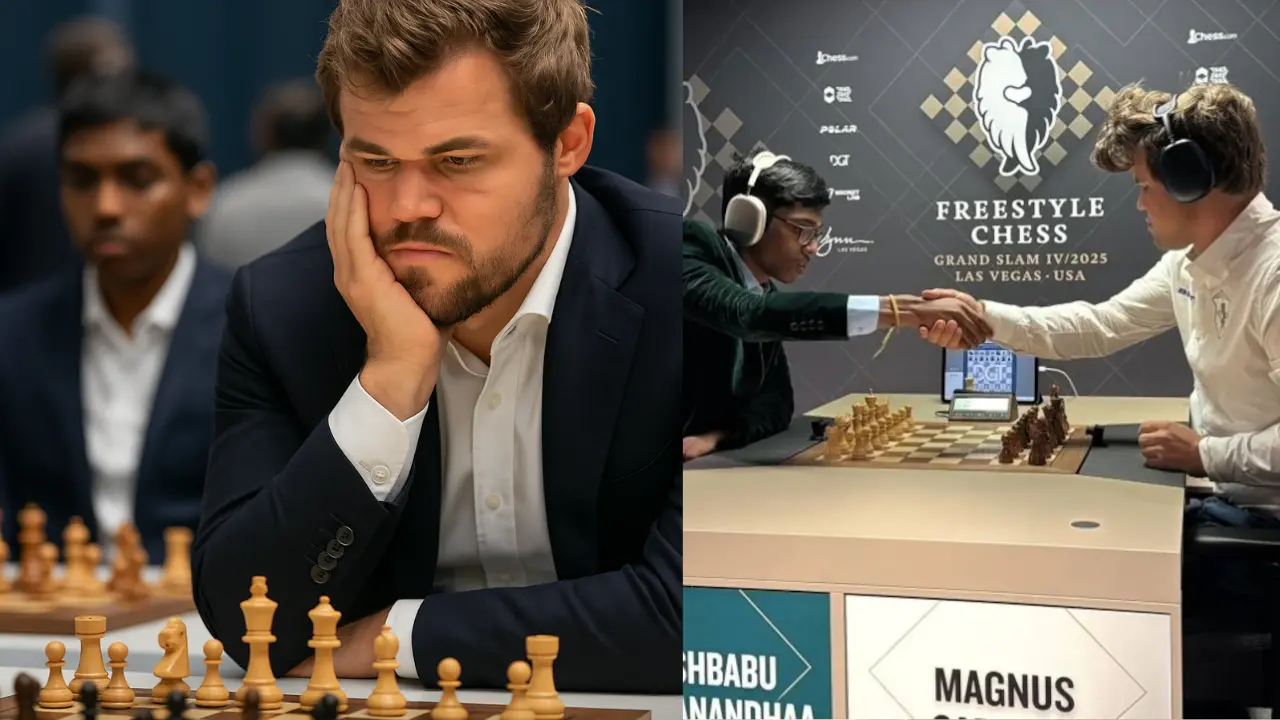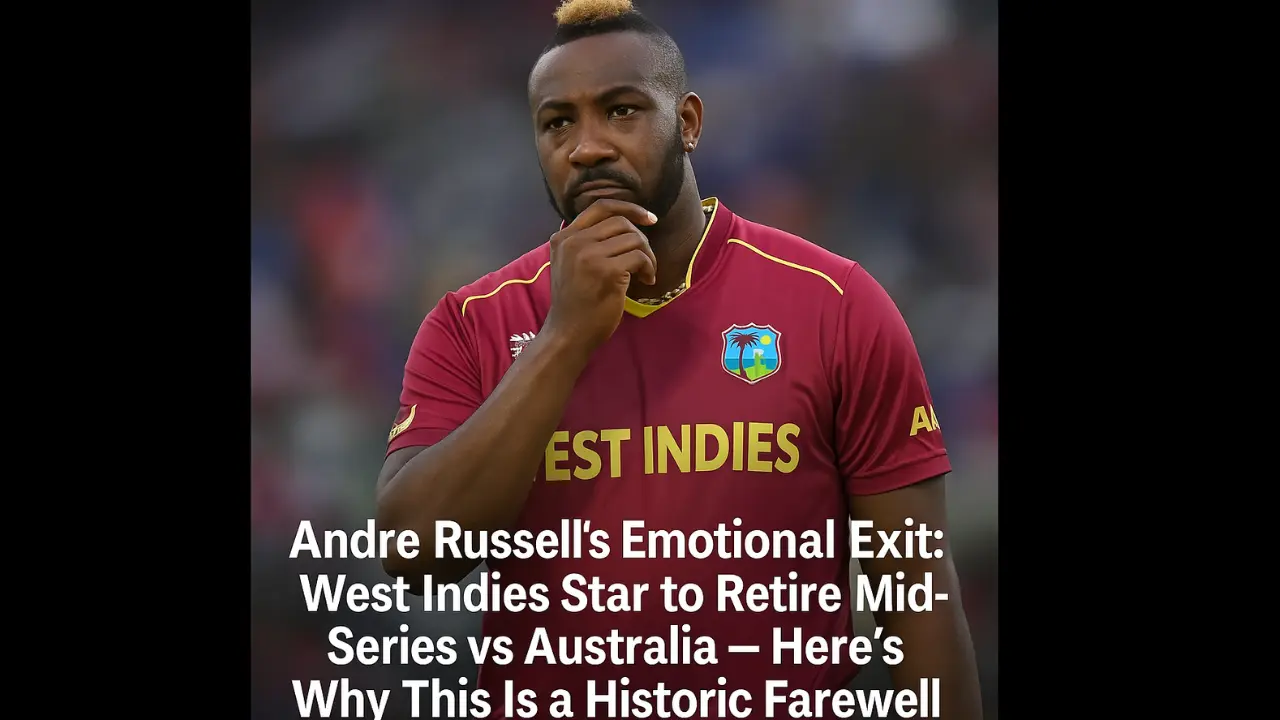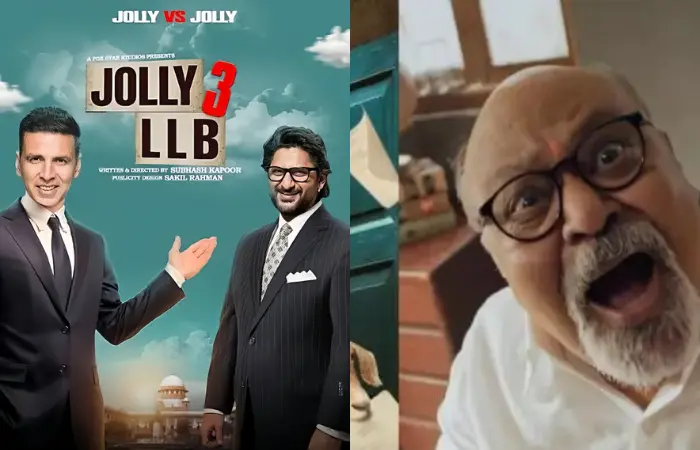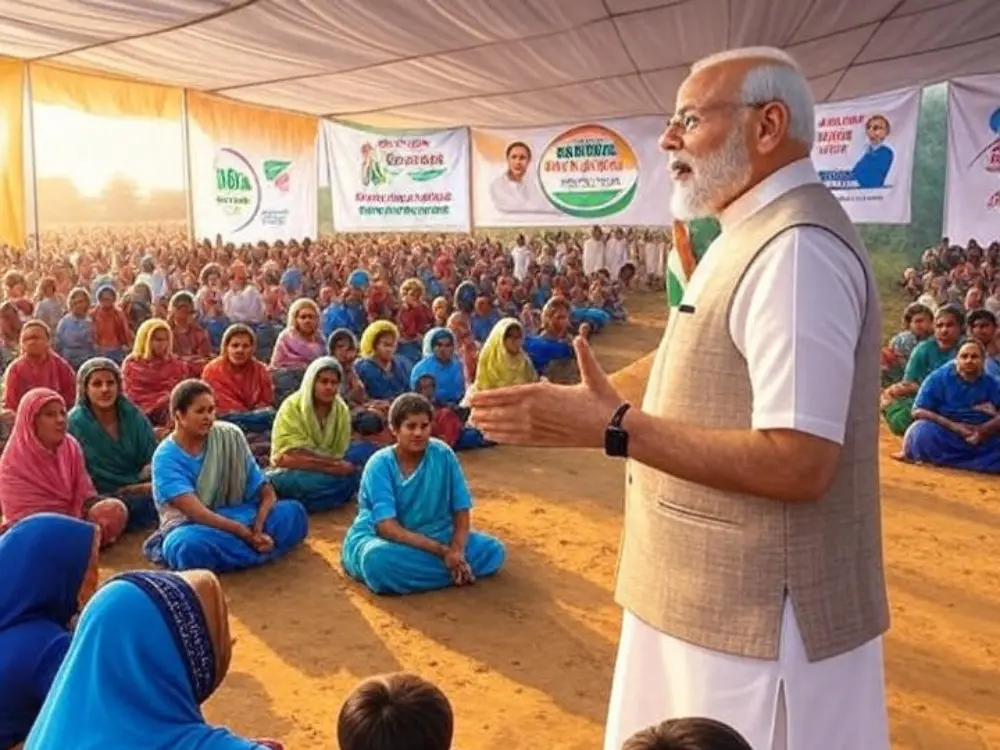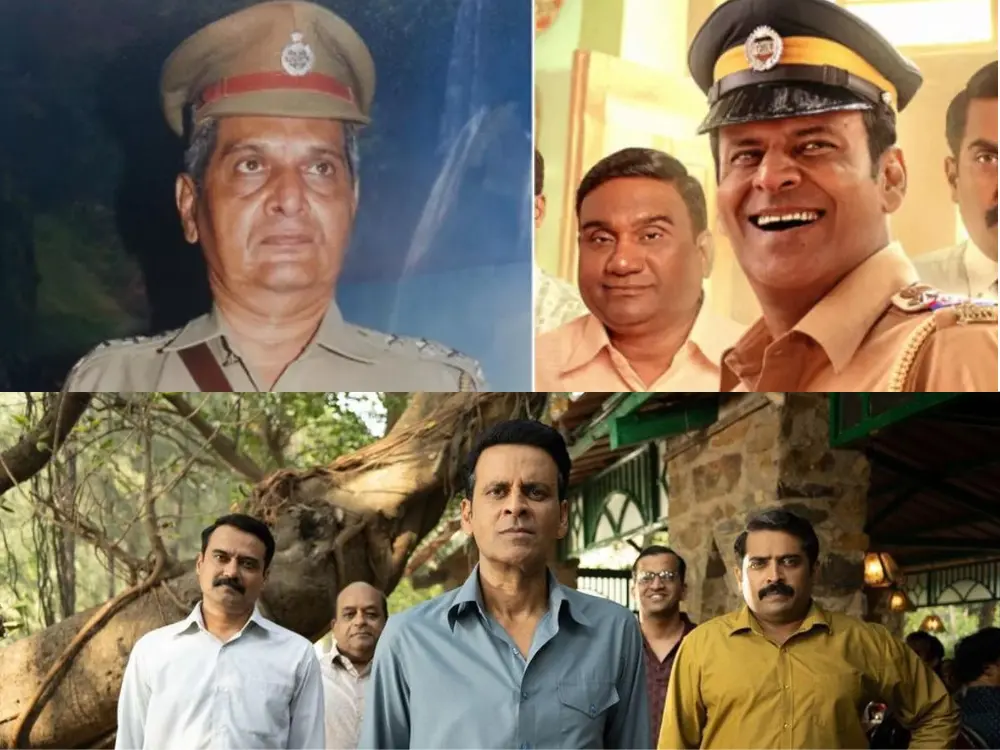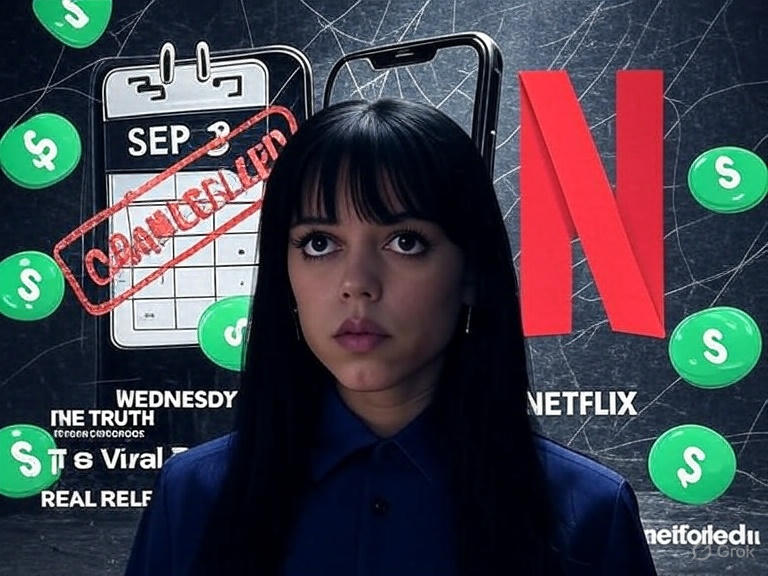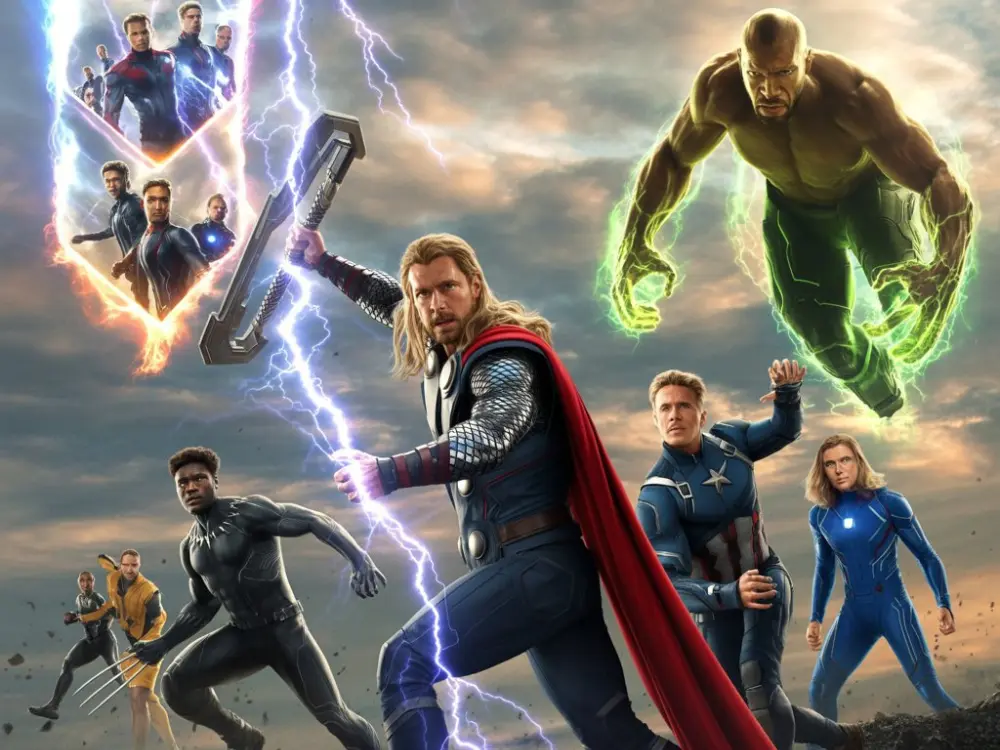In a turn of events that stunned the global chess community, five-time World Champion Magnus Carlsen suffered a shocking double defeat at the Freestyle Chess Grand Slam in Las Vegas. What makes this upset even more dramatic is the identity of the player who dealt the first blow — India’s teenage chess sensation R Praggnanandhaa. The second came just hours later at the hands of veteran Levon Aronian, officially knocking Carlsen out of the title race.
But this isn’t just about two games—it’s about a shift in power, strategy, and global dominance in the evolving world of chess.
Table of Contents
ToggleIndia’s Rise: Praggnanandhaa Leads the Revolution
Magnus Carlsen, considered by many to be the greatest chess player in history, was visibly rattled as he faced R Praggnanandhaa, the young grandmaster from Chennai who is redefining Indian chess. In just 39 clinical moves, Praggnanandhaa not only won the match but exposed flaws in Carlsen’s approach in the Freestyle format.
This wasn’t the first time the Indian teen has bested the chess icon. In fact, this latest victory completes a rare hat-trick.
Table: Head-to-Head Wins by Praggnanandhaa Over Carlsen
| Format | Event | Winner |
|---|---|---|
| Classical | Norway Chess 2023 | Praggnanandhaa |
| Rapid | 2024 Chess World Cup | Praggnanandhaa |
| Freestyle | Las Vegas Freestyle 2025 | Praggnanandhaa |
This unique record places him in an elite category of players who have defeated Carlsen in all formats of modern chess—a feat achieved by few, if any.
Freestyle Format: Carlsen’s Achilles Heel?
The Las Vegas event is no ordinary chess tournament. It follows the Freestyle Chess format, also known as Chess960, where the pieces on the back rank are shuffled. This forces players to rely less on memorized openings and more on raw creativity and adaptability.
Carlsen, long known for his superior memory and positional sense, has admitted in past interviews that non-traditional formats pose a unique challenge. The loss against Praggnanandhaa, followed by another defeat against Levon Aronian in the tiebreaks, underlines the difficulty even top players face in this unpredictable setup.
Despite his genius, Carlsen may now have to rethink his place in a world that increasingly blends tradition with innovation.
Where Is Gukesh? The Strategic Absence of the World Champion
Amid the drama, a notable absentee from Las Vegas was D Gukesh, the reigning World Champion and another rising Indian star. His absence sparked speculation, but sources close to his camp reveal that Gukesh opted out to focus on classical preparation ahead of the Sinquefield Cup next month—one of the most prestigious events in traditional chess.
This smart scheduling move suggests that India’s grandmasters are not only winning on the board but also outmaneuvering off it. They’re picking battles wisely, choosing formats that align with long-term goals, and disrupting the global chess hierarchy.
A Deeper Story: The Silent Revolution in Chess
While headlines focus on Carlsen’s loss, the underlying story is much bigger:
- Indian Chess Dominance
India’s young guns, especially Praggnanandhaa and Gukesh, are no longer rising stars—they are now legitimate contenders dominating world tournaments across formats. - The Evolution of Magnus Carlsen
Once unbeatable, Carlsen now faces a new reality. The very formats meant to challenge the rigidity of chess preparation may be catching up with him. He’ll need to adapt faster than ever. - Freestyle Chess: The Future or a Gimmick?
Despite its flashy appeal and high-stakes prize money (over €750,000), Freestyle Chess still faces skepticism. Will it revolutionize the game or remain a niche experiment designed more for broadcast drama than strategic depth?

